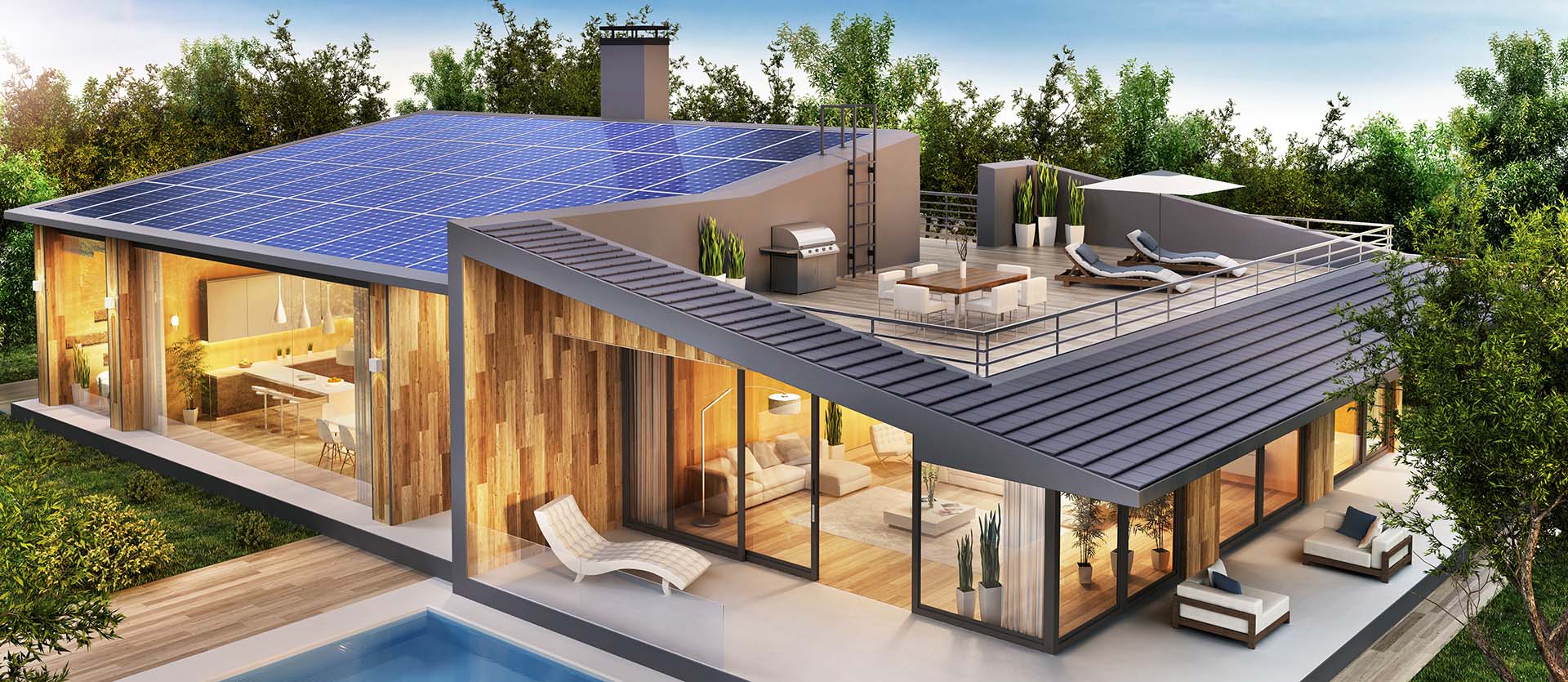

When it comes to climate action, our homes play an important role. But what about the choice between a house and an apartment? Which option has the better climate footprint and what should you look out for if you want to make your living space more environmentally friendly?
The house: more space, more energy requirements?
Having your own home offers many advantages: more space, individual design options and often your own garden. But these advantages come at a price - at least from an environmental perspective. Houses are generally larger than apartments, which means more heating energy and electricity for lighting and appliances. In addition, in many cases more resources are required for construction, be it for the foundations, the roof or the walls.
However, there are also ways to make a house more environmentally friendly. Good insulation, efficient heating systems and the use of renewable energies such as solar energy can significantly reduce a home's energy requirements. So if you own a house or are planning to build one, it's worth opting for sustainable building materials and energy-efficient technologies.
The apartment: less space, but also less influence?
Apartments, especially in apartment buildings, have a decisive advantage: they often share heating and energy costs with their neighbors. This means that the energy consumption per person in an apartment is generally lower than in a single-family home. In addition, the resources required to build an apartment are often lower, as infrastructure such as walls, roofs and heating systems are shared.
But housing also has an ecological footprint. Especially in large cities, where demand for housing is high, there is dense development, which can have an impact on the natural environment. If you live in an apartment, it is important to pay attention to energy efficiency - for example by using LED lamps, efficient household appliances and good insulation.
So which is better for the climate?
Ultimately, it's less about the question "house or apartment?" and more about the way you live in your home. Both houses and apartments can be designed to be environmentally friendly if you invest in efficient heating systems, sustainable building materials and good insulation. It also helps to reduce your own energy consumption: Watch your electricity consumption, use renewable energy sources, use water sparingly and look for sustainable furniture and appliances.
Whether it's a house or an apartment, it's important to be aware of the impact your living space has on the climate. You can make a big difference with small but effective changes. Your home can therefore make an active contribution to climate action - regardless of the type of living space.